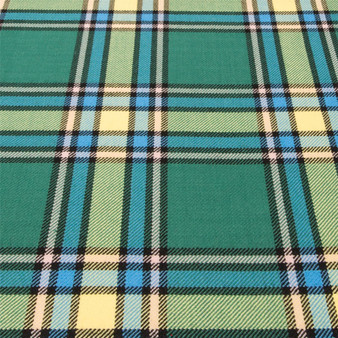The Contemporary Choice
Our lightweight fabric is available in a collection of around 500 authentic tartans, estate styles checks and solid colours. These are generally available from stock. The Reiver Fabric cloth has a wide application of uses. This Cloth has been used successfully in many clothing types from jackets to ties, skirts to dresses, head wear and even shoes. In traditional Scottish wear it is used in successful in sashes, cummerbunds, capes and as a lightweight kilt cloth. Additionally, it works in interiors as cushions, curtains and light use upholstery.
Due to Tartan having a universal appeal, the material is additionally used for interiors as cushions, curtains and light use upholstery, and many more uses.
We also offer a design service, whether for international design houses requiring bespoke Textiles, for individuals looking to have their own family tartan, for non-textile applications, or to mark special events or raise awareness for charities or many other purposes, we can design a tartan or bespoke textile for clients. Please, ask our sales team for further details
Fabric Details
Composition: 100% Pure new wool
Weight: 320 / 325gms per linear metre (10oz per linear yard)
Width: 150cm (59”)
Care Instructions: Dry Clean Only
Tartan History
The Glasgow tartan can be dated with certainty to the beginning of the 19th century. Full details of the pattern appear in Messrs Wilson of Bannockburn’s 1819 Key Pattern Book, but it also appears in Wilson papers dating from 1800. The pattern lay dormant for many years until it was revived in the 1960s.













